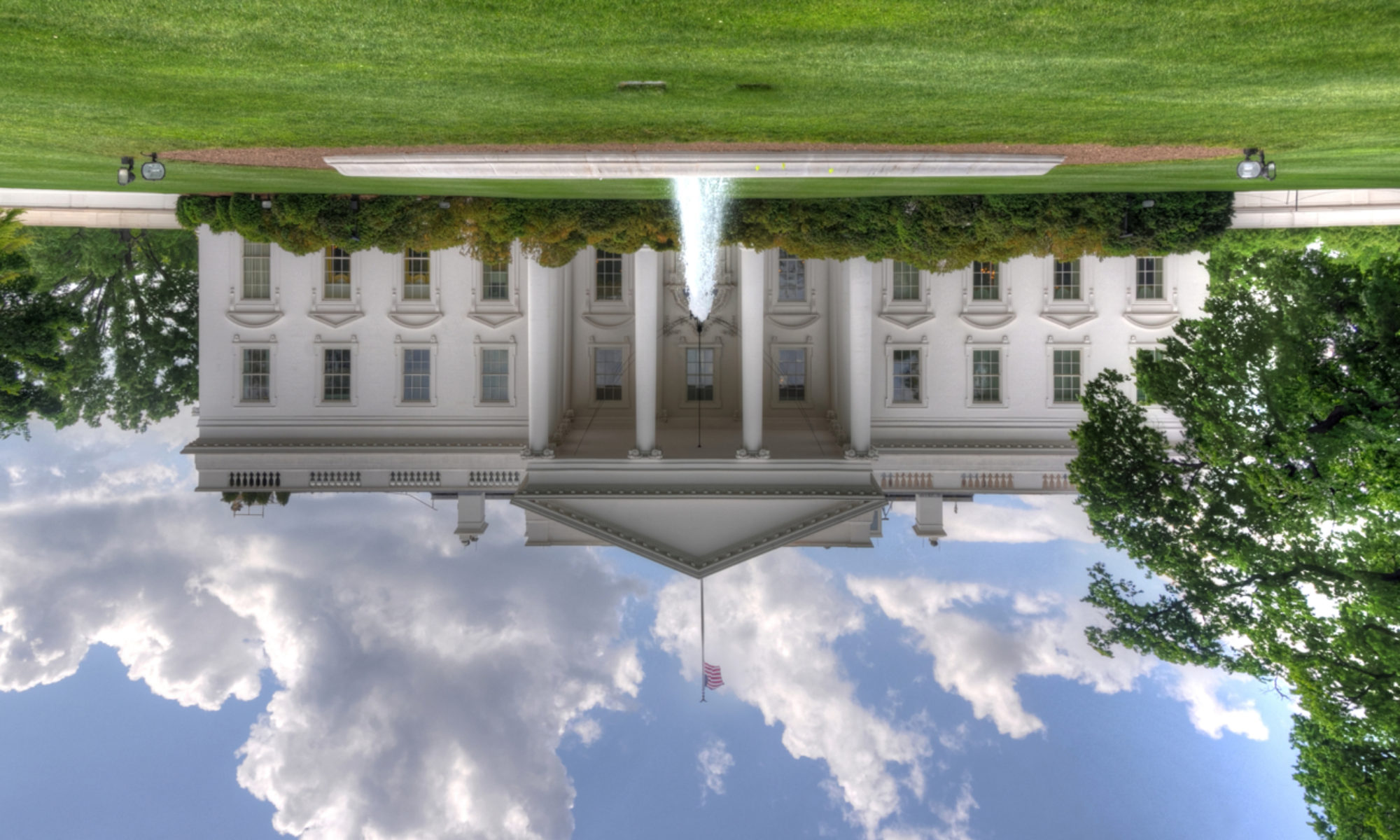Donald Trump and his allies seem to know a lot about COVID-19— even more than the leading infectious disease, epidemiology, and public health experts. They purport to know so much that they can’t accept the input of an expert if it contradicts their own worldview.
During a Senate committee hearing about reopening the U.S. economy during the coronavirus pandemic, Senator Rand Paul (R-Kentucky) even reminded Dr. Anthony Fauci, director of the National Institute of Allergy and Infectious Diseases, and a member of the White House Coronavirus Task Force, that he wasn’t the “end all” when it came to making decisions about public health. To be fair, Paul is himself a physician, though an ophthalmologist, not an expert in infectious disease, epidemiology, or public health.
Trump’s allies are fond of comparing COVID-19 with the seasonal flu, though evidence says otherwise. Since we first learned about COVID-19, Trump and many others have focused on early speculation that COVID-19 was just a bad flu. They continue to point to “statistics” showing that influenza causes tens of thousands of deaths every year in the U.S. In short, we should see it as just another virus— sure, they say, people die from it, but tens of thousands of people die each year from the flu.
A new paper authored by researchers from Harvard Medical School and Emory University, however, says that comparing the number of flu deaths with the number of COVID-19 deaths is like “comparing apples to oranges.” In comparing the actual number of flu deaths per week with the actual number of COVID-19 deaths per week, the authors found that the peak COVID-19 weekly death count is about 20 times higher than the average weekly peak flu death count..
Some of Trump’s allies seem confident that once you have coronavirus, you are immune, despite the fact that science does not yet have clear evidence regarding immunity. During the Senate hearings on Tuesday, May 13, Senator Rand Paul, who has had COVID-19 himself, stated, without citing any data, that he was pretty sure that he and others were immune once they had recovered from COVID-19. So, he posited, there was no reason why people like him (those who have had COVID-19) shouldn’t be able to go back to work, populate beaches, and go back to more normal interactions.
Though experts say it’s likely that there is at least some degree of immunity for people who have had the virus, there is no definitive evidence as to the degree of immunity. Making the assumption that once you’ve had COVID-19, you’ll never get it again may prove deadly, especially as the country relaxes its social distancing rules.
Chen Dong, a researcher who led a COVID-19 immunity study at the Institute for Immunology and the School of Medicine at Tsinghua University in Beijing, says, “The coronavirus SARS-CoV-2 (COVID-19) has only been circulating in human hosts for five or six months, which means that there is simply no way to know whether immunity to the disease lasts longer than that. How long immunity lasts is a big question…
People who assume they are now immune should take note: Chen also said, “Per our findings, we can only confirm that COVID-19 patients can maintain the adaptive immunity to SARS-CoV-2 for 2 weeks post-discharge.”
Trump’s allies continue to insist that if they don’t have an underlying condition, they don’t need to worry…ignoring the proliferation of hospitalizations of people who aren’t “high risk.” At the beginning of the coronavirus pandemic, the common wisdom was that it was mainly the older population, people with underlying conditions such as heart disease, and immunocompromised people who had to worry about complications. Most others, we were told, would have mild or no symptoms if they contracted the virus.
We know now that anyone can suffer a severe case and/or complications of COVID-19. Take Dr. Joseph Fair, a physician and coronavirus expert who contributes to NBC News and TODAY. Fair, age 42 runs 5-10 miles a day, is clearly in good shape, and has no underlying conditions. Yet he was hospitalized with COVID-19.
“If it can take me down,” said Fair, “it can take anyone down.”
We’re discovering that COVID-19 can even take down our kids, who we’ve thought all along were virtually safe from any complications. An increasing number of children who have had a bout with COVID-19 are developing a serious and potentially deadly post-viral syndrome called multi system inflammatory syndrome. Though experts say the syndrome is not directly caused by the virus, it appears to be a result of the children’s immune response to the virus. Now that we know this, it will be interesting to see whether some of Trump’s allies who are in a rush to open schools will change their minds.
Trump and some of his allies continue to promote the drug Hydroxychloroquine as a “game changing” treatment, even though, after evidence showing cardiac risks prompted the National Institutes of Health (NIH) has now recommended against it use for treating treat COVID-19.
Incorrectly citing herd immunity, they also insist that we don’t need to be so cautious about opening back up—in fact, we may be even better off doing so.
Various Trump allies, including Rush Limbaugh, have promoted the idea of herd immunity as justification for ending measures such as lockdowns to prevent the spread of the virus.
Researchers David Dowdy and Gypsyamber D’Souza, of of the Department of Epidemiology, Johns Hopkins Bloomberg School of Public Health, write, “We have listened with concern to voices erroneously suggesting that herd immunity may ‘soon slow the spread’ of COVID-19. For example, Rush Limbaugh recently claimed that ‘herd immunity has occurred in California.’ As infectious disease epidemiologists, we wish to state clearly that herd immunity against COVID-19 will not be achieved at a population level in 2020, barring a public health catastrophe.
“Some have entertained the idea of ‘controlled voluntary infection,’ akin to the ‘chickenpox parties’ of the 1980s. However, COVID-19 is 100 times more lethal than the chickenpox. Someone who goes to a ‘coronavirus party’ to get infected would not only be substantially increasing their own chance of dying in the next month, they would also be putting their families and friends at risk.”
COVID-19 is currently killing 2,000 Americans per day. Trump and his allies pick and choose “facts,” even disproven ones, about the virus to conveniently support their worldview, frequently contradicting the data and recommendations of public health and infectious disease experts. Though Trump, his base, and many of his allies have disdain for science, they create their own “science” to support their desire to end lockdowns and protect their financial interests.
POWERFUL CONFRONTATION: Rand Paul and Anthony Fauci’s contentious Coronavirus exchange | The Hill [2020-05-12]
Fauci Clashes In Tense Moment At Senate Hearing | NBC Nightly News
[2020-05-12]

